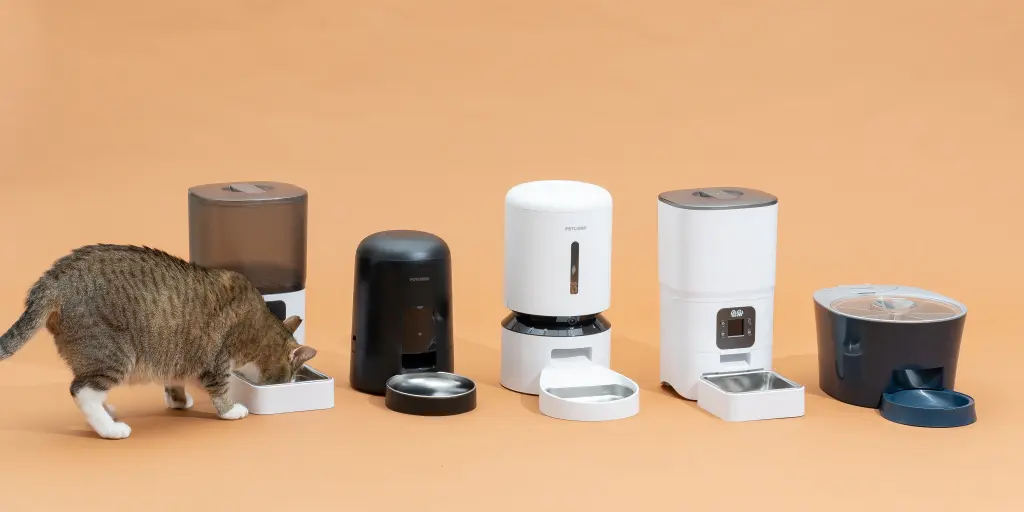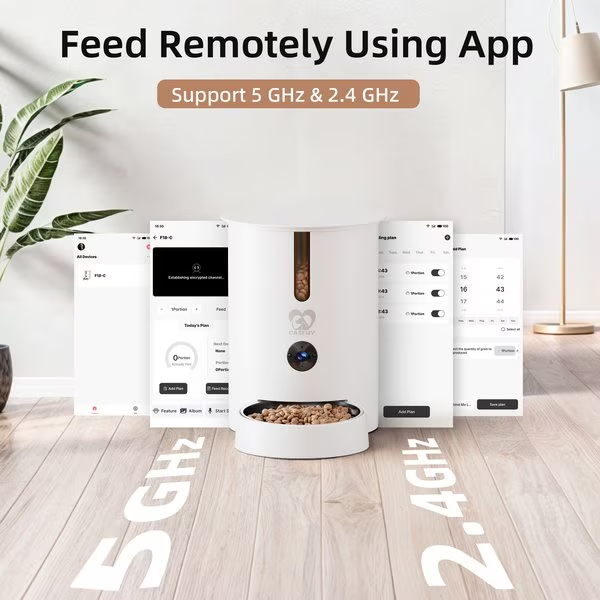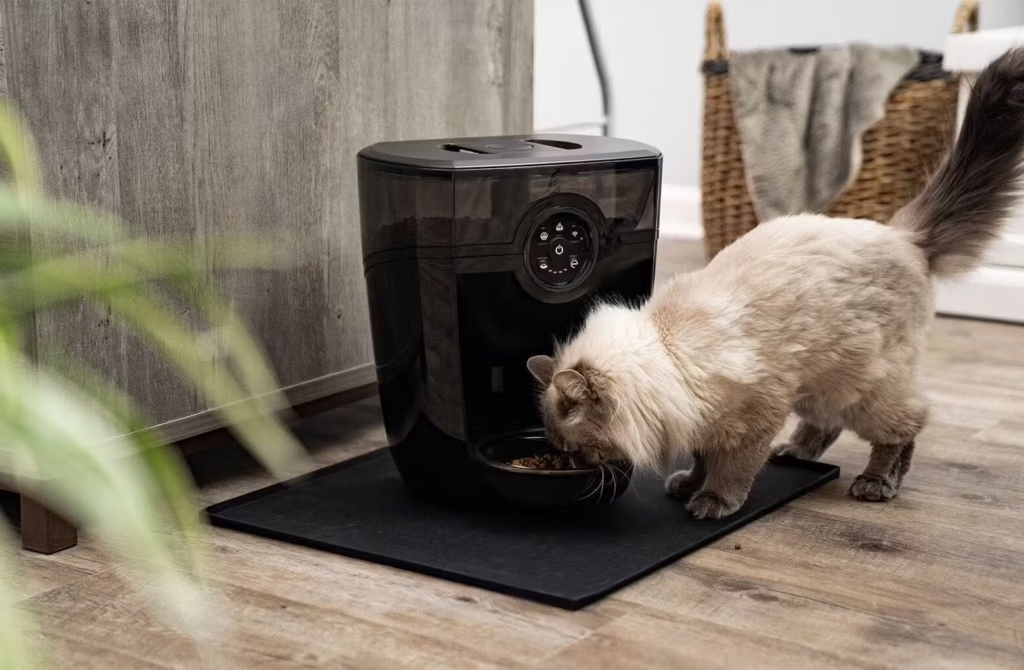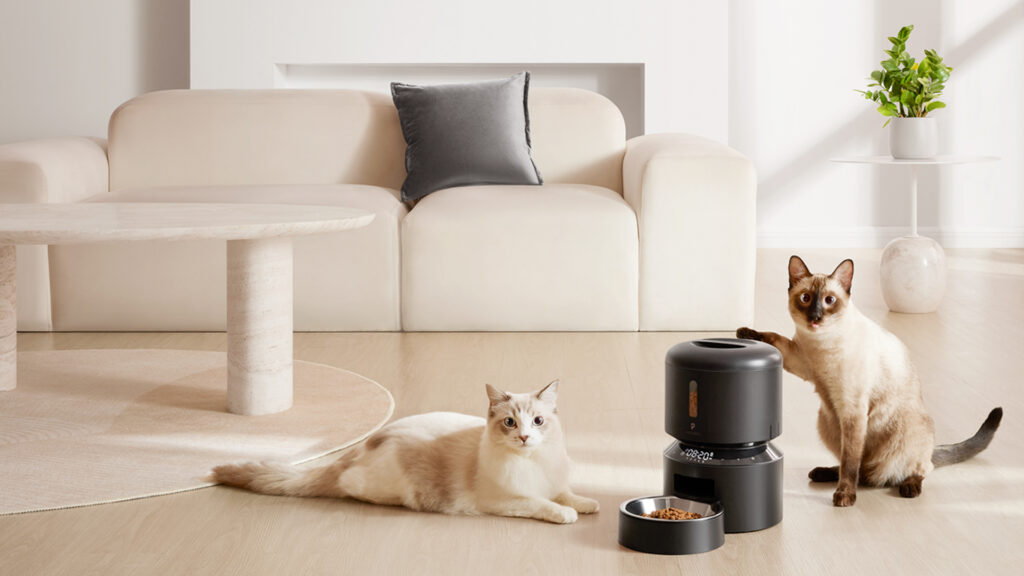Should I Free Feed My Cat? Pros, Cons, and Expert Feeding Advice
Cats are fascinating, independent creatures, but their feeding habits often puzzle even the most experienced owners. If you've ever found yourself wondering, "should I free feed my cat?", you are not alone. Free feeding, the practice of leaving food available for your cat at all times, is a method used by many pet owners who want to provide flexibility for their pets. While free feeding may seem convenient, it comes with its own set of advantages and drawbacks that every cat owner should understand.
In this comprehensive guide, we will explore free feeding in depth, analyze the pros and cons, review expert opinions, provide step-by-step guidance on transitioning to scheduled feeding, and give practical tips for keeping your cat healthy and happy. By the end of this article, you'll have the knowledge to make informed decisions about your cat's diet and lifestyle.
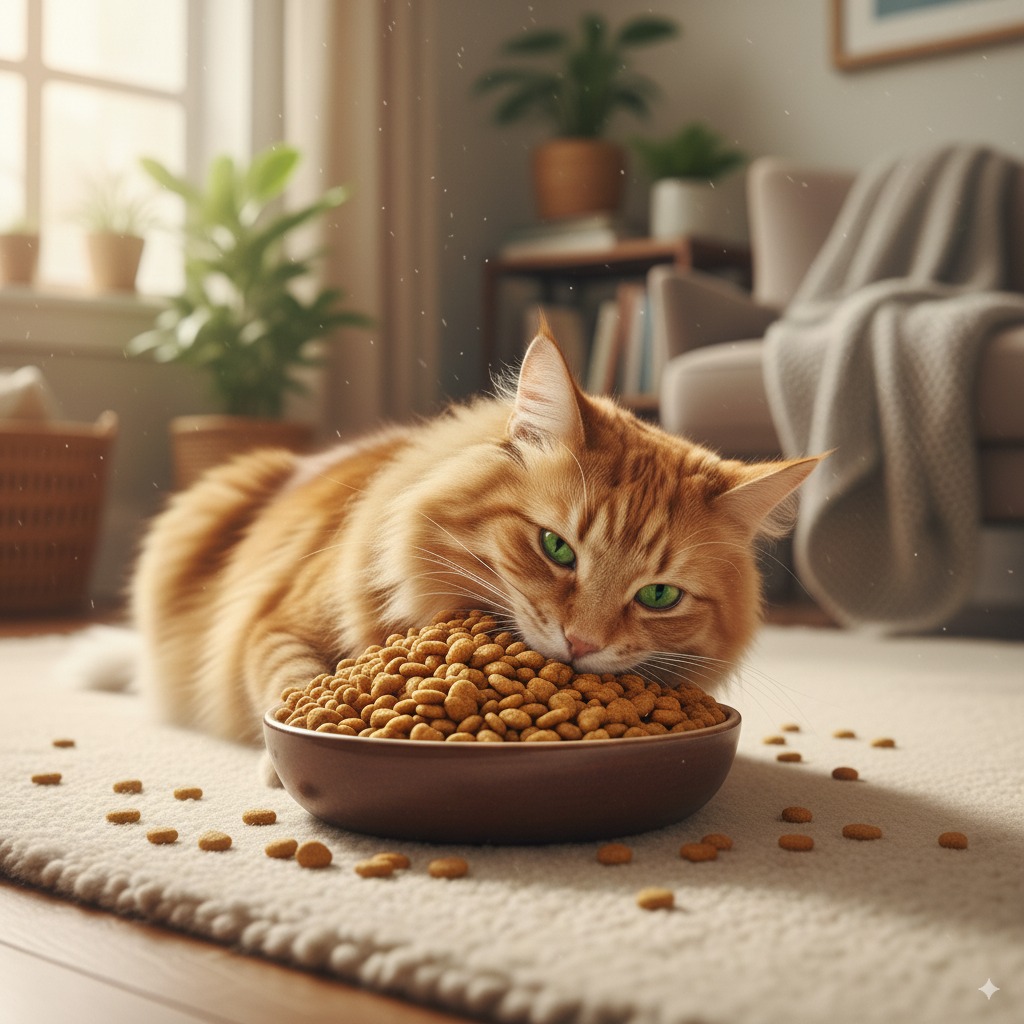
What Is Free Feeding and How Does It Work?
Definition of Free Feeding
Free feeding is a method where a cat has continuous access to food, typically through a bowl or feeder. Unlike scheduled feeding, where cats eat specific meals at designated times, free feeding allows cats to graze throughout the day.
The approach appeals to many owners because it simplifies feeding routines, especially for households with multiple cats or busy schedules. It can also accommodate cats' natural grazing behaviors, providing them the freedom to eat small amounts whenever they feel hungry.
Cats are natural hunters and grazers. In the wild, cats eat multiple small meals, consuming prey throughout the day. Free feeding mimics this natural pattern, especially for cats that prefer snacking over large meals. However, not all cats are suited to free feeding, and careful consideration is required to ensure it does not lead to overeating, obesity, or other health problems.
How Cat Free Feeders Work
There are several types of feeders designed for free feeding:
Simple bowls or containers that refill as the cat eats. These feeders are convenient but offer no portion control, which can increase the risk of overeating.
Programmable devices that dispense specific portions at set intervals. Automatic feeders provide more control over the quantity of food consumed while still allowing the cat to eat throughout the day.
Advanced feeders that connect to smartphone apps, allowing remote control and monitoring. Some smart feeders track your cat's eating patterns and alert you if your cat eats too much or too little.
Each type of feeder offers different levels of convenience and control. Choosing the right feeder depends on your cat's age, health, lifestyle, and personality.
Why Some Owners Choose Free Feeding
Many cat owners find free feeding appealing for several reasons:
- Convenience for Busy Owners: Free feeding eliminates the need to stick to a strict feeding schedule, making it ideal for owners with hectic lifestyles or irregular work hours.
- Accommodating Grazing Behavior: Some cats prefer eating small amounts throughout the day rather than consuming large meals at once. Free feeding supports this natural behavior.
- Reducing Stress in Multi-Cat Households: Free feeding can minimize competition among cats, especially in homes with multiple pets.
- Flexibility for Kittens or Special Needs Cats: Kittens, senior cats, or cats with certain medical conditions may benefit from free feeding because it allows them to eat as needed.
Despite these advantages, free feeding is not always the best choice. To make the right decision, it's essential to weigh the benefits against potential risks and understand how it may impact your cat's health.
Pros of Free Feeding Cats
Free feeding is not inherently bad. For some cats and households, it can provide real advantages. Let's explore the main benefits in detail:
Feeding multiple cats or having an unpredictable schedule can make sticking to meal times challenging. Free feeding eliminates the need for multiple daily feedings, ensuring your cats always have access to food without the stress of missing a meal.
Cats naturally graze, eating many small meals throughout the day. Free feeding accommodates this behavior, allowing cats to self-regulate their appetite. Some cats may prefer snacking rather than consuming large portions.
In multi-cat households, competition for food can lead to anxiety, aggression, and stress. Free feeding can reduce these issues by providing constant access to food. This ensures that more timid cats don't feel pressured to eat quickly.
Kittens, older cats, or cats recovering from illness may require more frequent access to food. Free feeding allows these cats to eat as needed, ensuring proper nutrition and energy levels.
Potential Advantages for Health Monitoring
Interestingly, free feeding, when monitored correctly, can provide useful insights into your cat's eating habits. With smart feeders, you can track:
- How much your cat eats daily
- Patterns of over- or under-eating
- Changes in appetite that may indicate illness
Early detection of unusual eating habits can help you address health concerns before they become serious.
Pro Tips for Effective Free Feeding
If you decide to free feed your cat, consider these tips to make it safe and effective:
Smart or automatic feeders can prevent overeating by dispensing specific amounts at scheduled times.
Regularly weigh your cat to track any sudden weight gain or loss that might indicate a problem.
In multi-cat households, provide multiple feeding stations to prevent competition and ensure all cats have access.
Ensure your cat receives balanced nutrition suitable for their age, weight, and health requirements.
Cons of Free Feeding Cats
While free feeding offers convenience, it comes with several drawbacks that can impact your cat's health and behavior. Understanding these cons is crucial for responsible cat ownership.
One of the most significant concerns with free feeding is the potential for obesity. Cats, unlike dogs, do not have the same level of self-regulation when it comes to eating. With food constantly available, some cats may overeat, consuming far more calories than they require.
Free feeding removes the ability to control the amount of food your cat consumes at any given time. Portion control is vital because it ensures your cat receives the right balance of nutrients and calories.
Continuous access to food, especially dry kibble, may impact your cat's dental health. Constant grazing can leave residue on teeth and gums, contributing to plaque and tartar buildup.
Free feeding can influence a cat's behavior in subtle ways. Some common issues include begging and food obsession, picky eating habits, and reduced activity levels due to constant food availability.
Is Free Feeding Bad for Cats? Expert Opinions
Veterinarians often have differing opinions on free feeding, depending on the cat's age, health, and lifestyle. Here's a summary of expert perspectives:
How to Stop Free Feeding Cats
Transitioning your cat from free feeding to scheduled meals requires patience, planning, and careful monitoring. Here's a proven approach:
Before changing feeding habits, assess your cat's age, health, and activity level. Consult your veterinarian to determine the appropriate number of meals, portion sizes, and nutritional requirements.
Begin by limiting access to free food for short periods each day. Gradually extend these intervals until your cat becomes accustomed to scheduled meals.
Choose consistent meal times that fit your schedule, ideally 2–3 times daily. Use measured portions according to your cat's calorie needs.
Encourage your cat to adjust to scheduled feeding with rewards and encouragement. Praise your cat when they eat at the scheduled time.
Track your cat's weight weekly during the transition. Watch for signs of stress, anxiety, or hunger-related behavior problems.
Scheduled Feeding vs Free Feeding: Which Is Best for Your Cat?
Cats are creatures of habit, and their feeding method can greatly impact their health and behavior. Understanding the differences between scheduled feeding and free feeding cats is essential for making an informed choice.
- Weight Management
- Digestive Health
- Behavioral Stability
- Health Monitoring
- Encourages Mental Stimulation
- Increased risk of obesity and overeating
- Poor portion control
- Potential behavioral problems
- Difficult to monitor changes in appetite
Which Method Is Better?
- Adult Cats: Scheduled feeding is generally recommended for adult cats, as it promotes healthy weight, consistent digestion, and better behavioral patterns.
- Kittens: Free feeding may be appropriate temporarily due to higher energy needs, but a gradual transition to scheduled feeding is advisable.
- Multi-Cat Households: A combination approach can work—scheduled meals with multiple feeding stations, or controlled free feeding using smart feeders.
- Special Needs Cats: Cats with medical conditions, dental problems, or weight issues often benefit from structured meals for better monitoring.
In most cases, scheduled feeding offers the best long-term benefits, while free feeding can be used selectively under careful supervision.
Feeding Tips for Healthy Cats
Maintaining your cat's health goes beyond choosing free feeding or scheduled feeding. Here are practical tips to optimize nutrition, weight management, and overall well-being:
Measure meals using a kitchen scale or measuring cup. Adjust portions according to age, weight, and activity level.
Select cat food with balanced nutrients: protein, fat, fiber, vitamins, and minerals. Avoid low-quality fillers and excessive carbohydrates.
Provide multiple water bowls around the house. Consider a cat fountain to encourage drinking. Include wet food in meals to increase moisture intake.
Feed at the same times each day to regulate appetite and digestion. Consistency reduces begging behaviors and ensures cats get all necessary nutrients.
Interactive toys and play sessions help maintain a healthy weight. Use feeding puzzles or toys to engage cats mentally while slowing down consumption.
Keep track of your cat's weight and body condition regularly. Watch for behavioral changes or unusual eating patterns. Schedule regular veterinary check-ups.
Frequently Asked Questions About Free Feeding Cats
Conclusion
Deciding whether to free feed your cat depends on multiple factors including age, health, behavior, and household environment. While free feeding may be convenient for busy owners or kittens with high energy needs, it carries risks such as obesity, nutrient imbalance, dental problems, and behavioral issues.
Key Takeaways:
- Adult Cats: Scheduled feeding is generally recommended for portion control, weight management, and behavioral stability.
- Kittens: Free feeding can be used temporarily but should transition to structured meals.
- Multi-Cat Households: A combination approach with multiple feeding stations and portion control works best.
- Interactive Feeding: Puzzle feeders and smart feeders encourage mental stimulation and slow eating.
- Monitoring: Regularly track your cat's weight, appetite, and behavior to identify early signs of health issues.
By understanding the pros and cons of free feeding, implementing structured feeding routines, and incorporating interactive feeding methods, you can ensure your cat remains healthy, happy, and well-nourished throughout their life.
Ultimately, the decision to free feed or schedule meals should be made with your cat's specific needs in mind, in consultation with your veterinarian, and balanced with convenience and lifestyle considerations.

